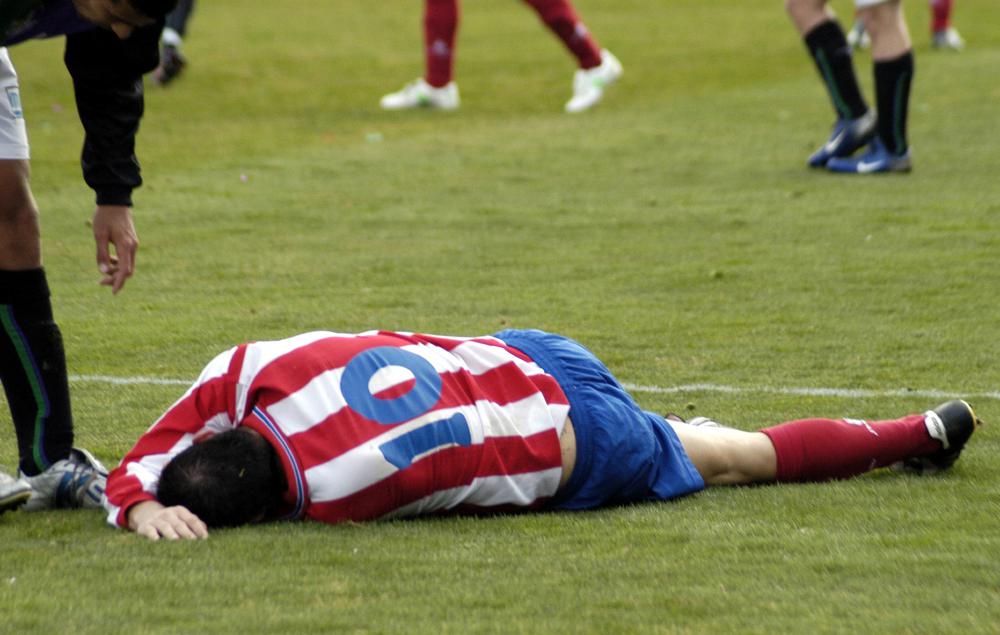At WiseGEEK, we're committed to delivering accurate, trustworthy information. Our expert-authored content is rigorously fact-checked and sourced from credible authorities. Discover how we uphold the highest standards in providing you with reliable knowledge.
What Is the Lateral Knee Ligament?
A lateral knee ligament, also called a lateral collateral ligament (LCL) or the fibular ligament, is a strong band of fibrous collagen that connects the head of the lower leg bone, the fibula, with the long bone of the thigh, the femur. It is part of the tibiofemoral component of the knee, a hinge joint capable of a pivoting motion, also known as a trocho-ginglymus mobile joint. The purpose of the lateral knee ligament is to prevent the knee joint from gaping open as it moves. It is most often injured during sports activities that involve a forceful impact to the outside of the knee, such as football, soccer, or rugby.
This ligament is rounded in shape and is located directly below the biceps femoris muscle of the thigh and continues along the lateral epicondyle to the head of the fibula. Together with the cruciate ligaments, it helps to limit the rotating movement of the knee joint. Separate in its entirety from the lateral meniscus and the joint capsule of the knee, the LCL is the knee joint’s primary defense against movement-induced varus stressors. A varus stressor is a bending force targeted to the lateral inside portion of the knee.

When the knee is flexed, the lateral collateral ligaments are completely relaxed, allowing the cruciate ligaments to become tense and taut. The tension in the cruciate ligaments limit the amount of rotation the knee joint is able to move. If the knee joint is fully extended, the lateral knee ligaments will become taut and tense. Then the cruciate ligaments are able to relax and become stretchy, causing the lateral ligaments to provide the structural support for the knee joint.

Sports-related injuries to the lateral knee ligament may be caused by the stretching or tearing of the band of tissue when strong force is applied to the outside of the knee. Treatment of the swollen painful knee depends of the degree of injury to the ligament. A partial tear may be repaired by rest and elevation of the injured knee. Ice packs and non-steroidal anti-inflammatory drugs (NSAIDs) such as ibuprofen may help to relieve the pain and swelling. Most people will be advised to wear a knee brace to improve the joint’s stability until the ligament is healed.

Some lateral knee ligament injuries may require surgery to repair the fully torn tissue. During the recovery period after the operation, a person will need to use crutches and a knee brace to ensure the ligament heals properly. Prescription pain medication, ice, and elevating the affected knee may be recommended to relieve post-operative pain. Most people are scheduled for physical therapy to strengthen and restore range of motion in the knee joint after healing from the surgery.
AS FEATURED ON:
AS FEATURED ON:















Discuss this Article
Post your comments